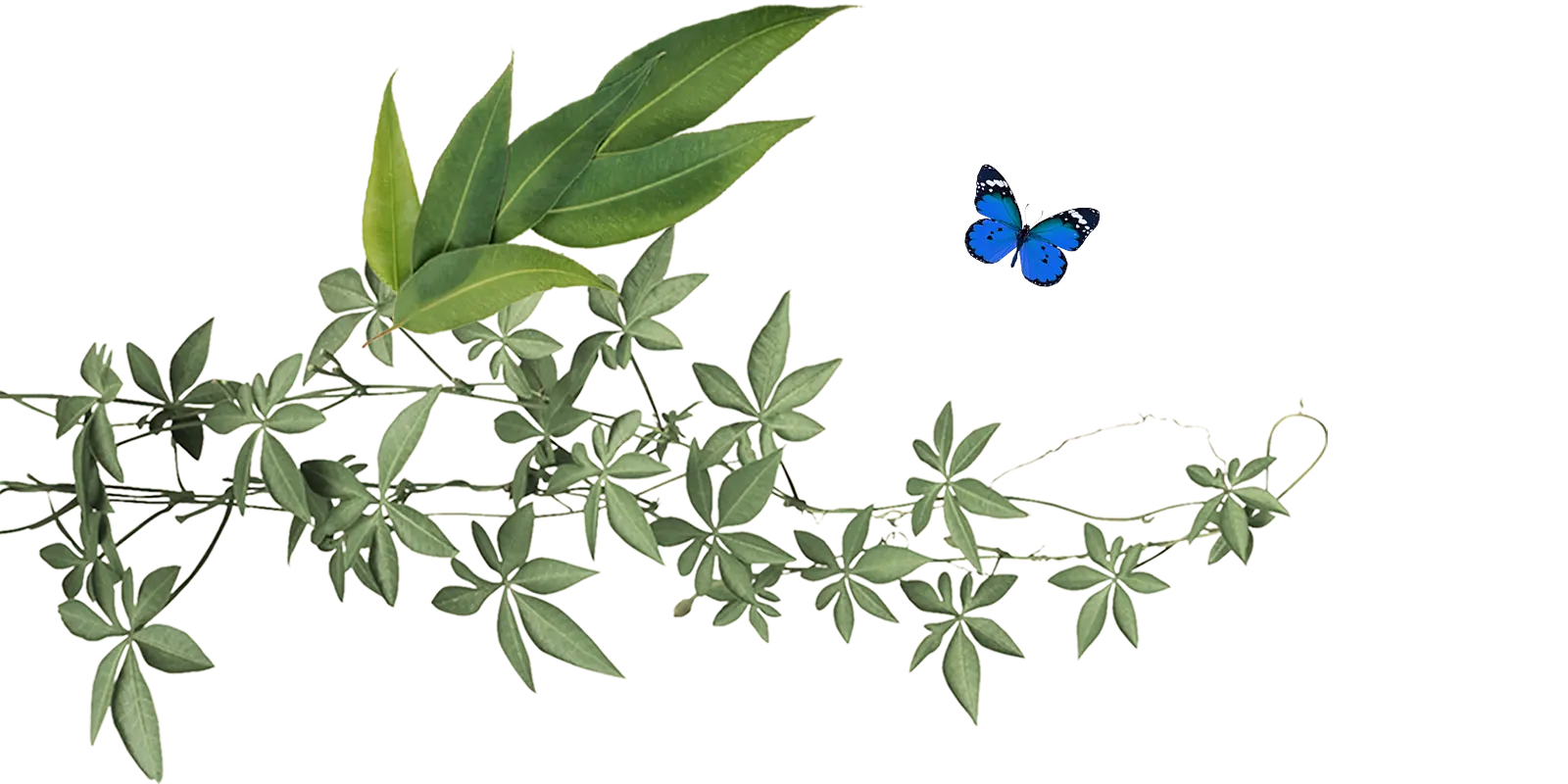Annie Leonard, author of Story of Stuff, tells us that 99% of the things we harvest, process, transport or consume is trash within 6 months. Yet this processing, harvesting and transportation is causing the majority of our ecological degradation.
Purchasing pre-loved items, items that can be repaired and re-used, or items that benefit the planet is something we are all going to have to do if we want to regenerate. It is also worth asking if our desire to purchase can be filled by other means? If we really tune into ourselves, is our rampant purchasing filling up an emotional void that we may not be aware of? A void that could be replaced by more meaningful connections with others.
Why do we need to do this?
Humans now consume more than 110 billion metric tonnes of resources each year. That includes fish, timbers, metals, plastics, fossil fuels and other materials.
This amount far surpasses a sustainable level and so we now find ourselves in what is called ‘overshoot’. This means that we would require 1.8 earths each year to meet our resource demands.
As Paul Hawken says:
"We are stealing from the future, selling it in the present, and proudly calling it GDP.”
This overshoot is causing deforestation, climate change, polluted oceans and depleted soils. Unfortunately due to exponential growth, this consumption is set to get worse unless we drastically change our ways. At 3% GDP growth a year, a figure seen as healthy economic growth, our economy would double in size by 2041 and be 7 times larger by 2100. This amount of resource extraction would wipe out our civilisation. We need to urgently reduce our consumption and ensure that what we do purchase is having as little impact as possible.
It is important to note here, that it is very hard to purchase legitimately regenerative products right now. We have listed places for you to start in the actions below.




